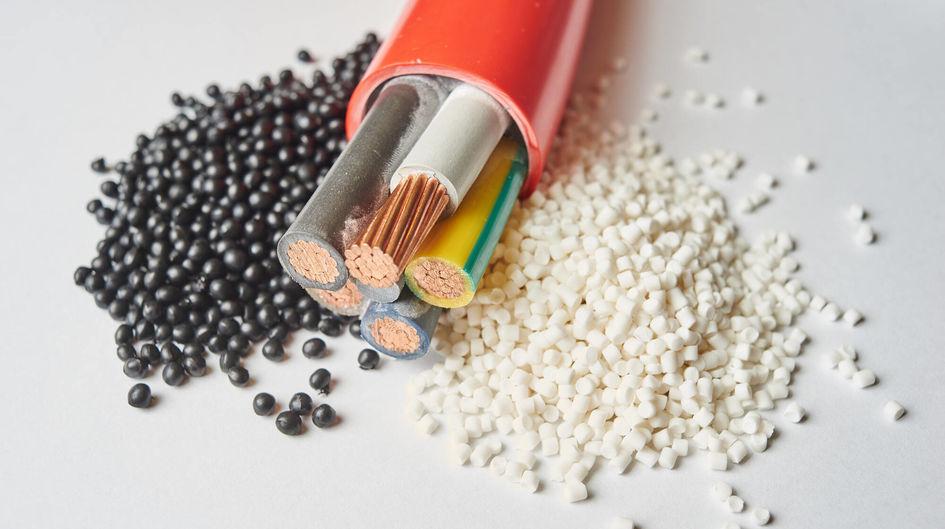Polyolefin resins form one of the largest and most versatile families of plastics globally due to their excellent properties and cost effectiveness. In this article, we will explore the various types of polyolefin resins and their wide-ranging applications.
What are Polyolefin Resins?
Polyolefin resins, also commonly called polyolefins, are a class of plastics that are derived from petroleum-based olefin monomers, primarily ethylene and propylene. The most common polyolefin resins include polyethylene (PE) and polypropylene (PP). These materials belong to the thermoplastic family of polymers due to their ability to be reheated and reshaped after solidification.
Polyethylene has the simplest chemical structure and is produced by polymerizing ethylene monomers into long molecular chains. It exists in several forms based on density, including LDPE, HDPE, and LLDPE. Polypropylene, on the other hand, has a more complex branched structure due to its propylene monomer. Both materials offer an excellent balance of properties like toughness, clarity, chemical resistance and affordability.
Main Types of Polyolefin Resins
- Polyethylene (PE): It includes LDPE, HDPE, LLDPE and are known for their toughness, clarity and moisture resistance. Commonly used in plastic bags, bottles, pipes, containers and more.
- Polypropylene (PP): A harder resin with good heat resistance. Used in automotive components, textiles, caps & closures, appliances and more. Offers high mechanical strength.
- Ethylene-vinyl acetate (EVA): A versatile copolymer with flexibility and toughness. Used in footwear, seals, adhesives, sporting goods and medical devices.
- Ethylene-acrylic acid (EAA): Excels in adhesion properties and binds well with polar substrates. Used as primer in multilayer packaging films and hot melt adhesives.
Widespread Applications of Polyolefin Resins
Thanks to their versatility and cost-effectiveness, polyolefin resins have found applications across many industries like packaging, construction, automotive, electronics and more.
Packaging Industry
The packaging industry heavily relies on polyolefin resins due to their moisture and chemical resistance as well as transparency. Over 60% of all plastics produced worldwide are used in packaging applications. HDPE and LLDPE are most widely utilized for general plastic bags, bottles, tubes and containers. PP find applications in yogurt cups, margarine tubs and closures. Multilayer films contain EAA or EVA for adhesion and flexibility.
Construction Sector
In construction, PE and PP resins provide durable and affordable solutions. HDPE is used for pipes, window profiles, fencing and geomembranes. PP fibers are utilized to reinforce concrete and asphalt. PP boards are used in infrastructure building as well as industrial and agricultural applications.
Automotive Industry
The automobile sector actively employs polyolefin resins in engine covers, instrument panels, seating, wiring insulation and more. Tough and lightweight PP helps reduce vehicle weight and improve fuel efficiency. HDPE and PP are preferred for dashboards, grilles, bumpers and trims.
Electronics Applications
Electronic devices contain polyolefin resins for miniaturized components, wires and cables due to their electrical insulating ability. PP and EVA blends make casing and enclosures which provide impact resistance. LLDPE films offer barrier protection in multilayer flexible circuits and printed wiring boards.
In conclusion, polyolefin resins provide a cost-effective and sustainable option across many industries due to their versatile properties portfolio and ease of processing. Advancements in polymerization techniques will continue expanding their applications horizon in the years to come.
Sponsored
Polyolefin Resins: A Versatile Family of Plastics
Posted 2024-02-23 13:35:48
0
33

Search
Sponsored
Categories
- Art
- Causes
- Crafts
- Dance
- Drinks
- Film
- Fitness
- Food
- Games
- Gardening
- Health
- Home
- Literature
- Music
- Networking
- Other
- Party
- Religion
- Shopping
- Sports
- Theater
- Wellness
Read More
Global Neuroleptics Market: Rising Demand for Antipsychotic Medications for Neurological and Psychiatric Disorders
The global neuroleptics market refers to the pharmaceutical sector that focuses on the...
Falvey's Motors Inc
You are invited to visit Falvey's Motors as soon as it is convenient for you. We greatly...
Laser Land Leveler Price in India
Utilizing laser technology, a laser land leveler implementation assists farmers in creating a...
Jackpot Journeys: Strategies for Success in Progressive Slots
In the fast-paced digital age, on the web casinos have emerged as a popular kind of...
Hooking Up: Trends in the Gooseneck Hitches Industry
As the towing industry evolves, the Gooseneck Hitches Industry continues to adapt to changing...
Sponsored